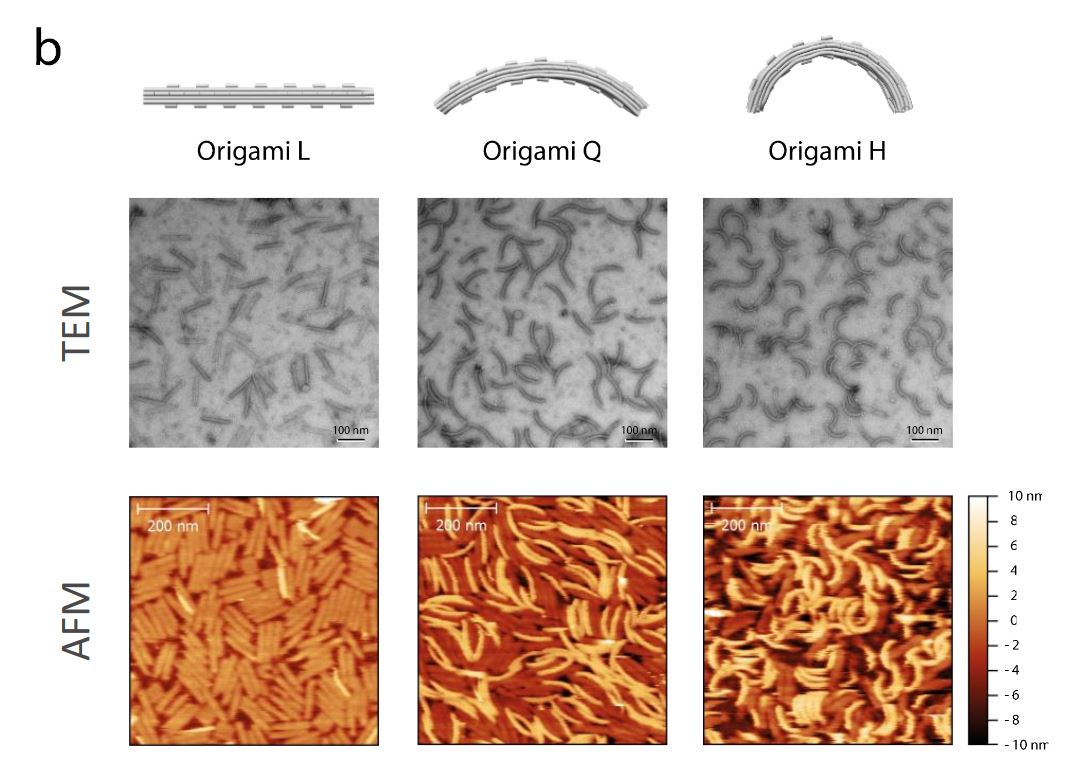“Motile cells require reversible adhesion to solid surfaces to accomplish force transmission upon locomotion. In contrast to mammalian cells, Dictyostelium discoideum ( a soil dwelling amoeba) cells do not express integrins forming focal adhesions but are believed to rely on more generic interaction forces that guarantee a larger flexibility; even the ability to swim has been described for Dictyostelium discoideum (D.d.).”*
In order to understand the origin of D.d. adhesion, Nadine Kamprad, Hannes Witt, Marcel Schröder, Christian Titus Kreis, Oliver Bäumchen, Andreas Janshoff and Marco Tarantola describe in their publication “Adhesion strategies of Dictyostelium discoideum – a force spectroscopy study”* how they realized and modified a variety of conditions for the amoeba comprising the absence and presence of the specific adhesion protein Substrate Adhesion A (sadA), glycolytic degradation, ionic strength, surface hydrophobicity and strength of van der Waals interactions by generating tailored model substrates. By employing AFM-based single cell force spectroscopy (using NanoWorld Arrow-TL2 tipless cantilevers) they could show that experimental force curves upon retraction exhibit two regimes described in detail in the article cited above. The study describes a versatile mechanism that allows the cells to adhere to a large variety of natural surfaces under various conditions.

*Nadine Kamprad, Hannes Witt, Marcel Schröder, Christian Titus Kreis, Oliver Bäumchen, Andreas Janshoff, Marco Tarantola
Adhesion strategies of Dictyostelium discoideum – a force spectroscopy study
Nanoscale, 2018, 10, 22504-22519
DOI: 10.1039/C8NR07107A
To read the full article follow this external link: https://pubs.rsc.org/en/content/articlehtml/2018/nr/c8nr07107a
Open Access The article “Adhesion strategies of Dictyostelium discoideum – a force spectroscopy study” by Nadine Kamprad, Hannes Witt, Marcel Schröder, Christian Titus Kreis, Oliver Bäumchen, Andreas Janshoff and Marco Tarantola is licensed under a Creative Commons Attribution 3.0 International License, which permits use, sharing, adaptation, distribution and reproduction in any medium or format, as long as you give appropriate credit to the original author(s) and the source, provide a link to the Creative Commons license, and indicate if changes were made. The images or other third party material in this article are included in the article’s Creative Commons license, unless indicated otherwise in a credit line to the material. If material is not included in the article’s Creative Commons license and your intended use is not permitted by statutory regulation or exceeds the permitted use, you will need to obtain permission directly from the copyright holder. To view a copy of this license, visit http://creativecommons.org/licenses/by/3.0/.


